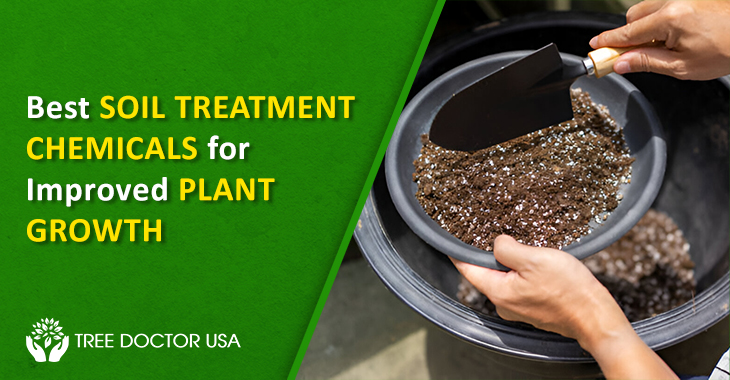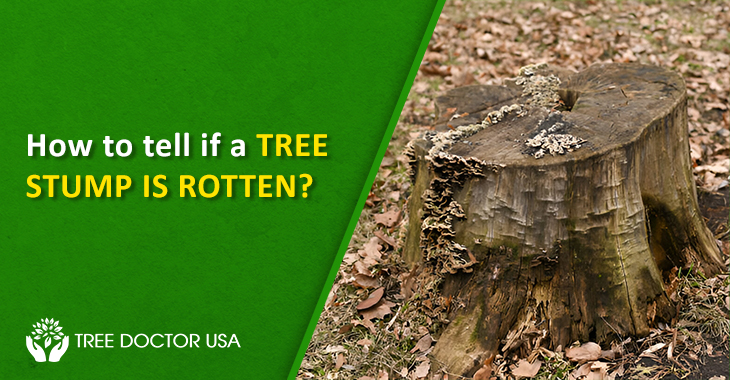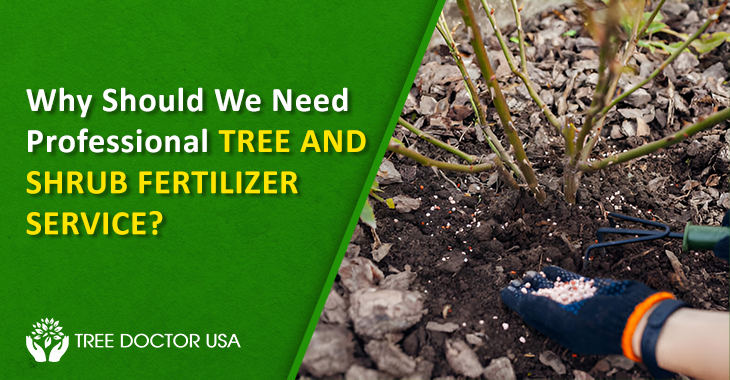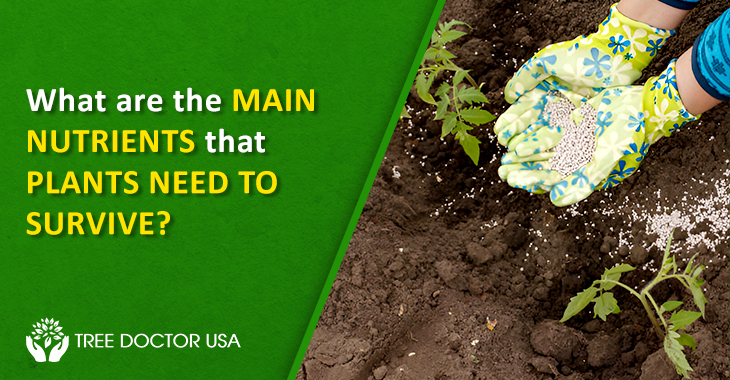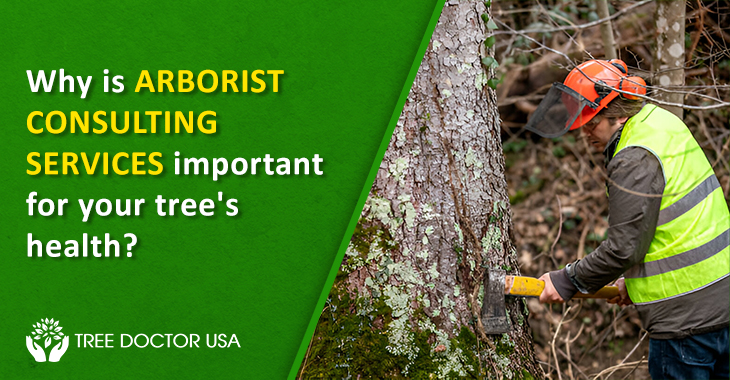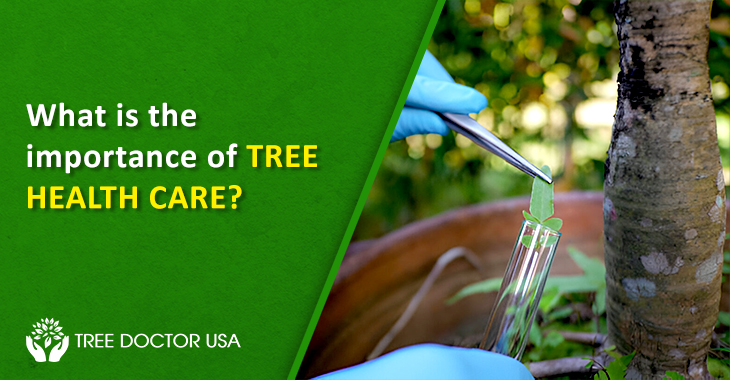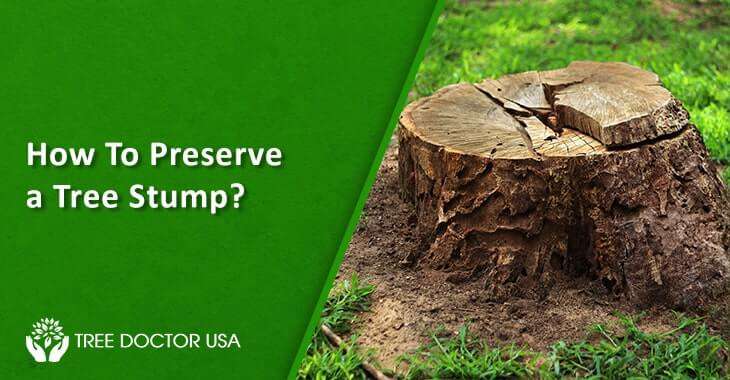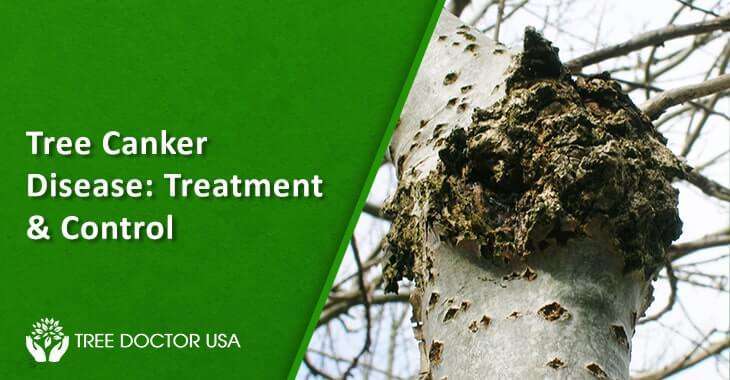What Is The Best Way To Prepare Your Trees For The Winter?
There is still time to plan for the seasonal care of trees before the end of summer and the beginning of fall. Even though it still seems like summer, the trees in your yard are starting to exhibit signals that they are getting ready for winter. Your trees will begin storing food for the next winter when the evenings go darker for longer and the temperature drops. The best action is to wait until the weather has shifted before preparing your trees for winter.
If you don’t take the appropriate safety measures, the trees on your property could sustain injuries or even die. Young trees and specific tree species are susceptible to sunscald, winter burn to the leaves, root rot, and physical damage from falling ice and snow. Sunscald can also cause root rot. You are in luck since you can take several easy steps to protect your trees from the severe winter season.
Clear Away the Stubble
Removing any diseased or damaged branches is the first step in preparing your tree for protection and strengthening measures. Check out the limbs. Is there any limb that looks like it might be sick, dead, or otherwise in poor condition? Do any of these dangle above your garage or house? Possible solutions include eliminating them. These fragile branches are especially at risk of shattering due to the harsh winter weather. Storms with plenty of snow and ice can make this damage much worse.
Take away the risk of injury to your tree, home, and yourself. Cutting away diseased or broken branches helps the tree become more robust and resistant to adverse conditions.
Call Tree Services In San Diego if you need to remove a large portion of a tree or if you need to remove the tree altogether. If you need to know what you’re doing, cutting down or trimming a tree can be dangerous for you and the tree. Over-pruning during tree maintenance might weaken the tree. Trees can die from stress if they lose too many canopies at once. Having a professional arborist keep your trees in check can prevent this.
Prune
It’s time to get your tree pruned now that any dead or diseased branches have been removed. Maintaining a healthy and productive growing season requires regular pruning. Pruning during the wrong season, though, is a common oversight. If you prune a tree before it should be dormant, you’ll force it to produce new growth instead.
A tree should be pruned when it is dormant. It may be late fall or early winter, depending on the type of tree. Pruning a dormant tree is easier on the tree and stimulates development in the spring.
To further aid precise pruning, a tree with less foliage requires less work from the pruner. Now that you can see the branches more clearly, you can prune away any that aren’t doing their job. Too many bad cuts, or the wrong kind, can destroy a tree. By removing the tree’s primary leader, you can control its height. When a tree is pruned too much, it weakens everywhere.
Consult a professional arborist if you are unsure. Keep the tree’s well-being intact by cutting it down too soon. If you want your trees to keep producing, use Tree Health Services‘ expert arborists to prune them in a way that doesn’t harm them.
Spread Some Mulch Around Here
The root system can be harmed by the cold weather that occurs in the winter. When the earth’s temperature drops below a certain point, and the soil freezes and thaws many times, the dirt is forced upward due to the built-up pressure. We call this frost heave, the uplift of ground due to cold temperatures. The roots of your tree could be damaged by frost heave if it causes you to dig. them up.
You can protect the roots of your tree against frost heave and other damage caused by cold soil by applying a layer of mulch around its base. Mulch also prevents water evaporation from the earth, which makes the soil more thermally efficient. Mulch the ground around your tree to a depth of two to four inches, making sure to leave a space of at least six inches between the mulch and the tree’s trunk. By leaving space between the mulch and the roots, you can prevent the roots from rotting due to too much moisture.
Inundate and Fertilize
Maintaining your tree’s health requires regular watering and fertilization. Maintain your trees’ health by feeding them during their dormant period. While your tree is resting for the winter, you can aid its recovery from the summer’s depletion of soil nutrients by fertilizing it in the late fall. Make sure to shield the roots with mulch and water to maximize this benefit if the soil freezes.
It’s crucial to water your trees periodically during the summer. When autumn arrives, and your trees go dormant, they will need less water. But keep watering them partially, too. Although your trees may use less water in the fall and winter, they still need it to stay healthy. Without proper watering, your tree will suffer the impacts of winter drought and eventually die. Roots can’t take in soil nutrients if they’re too dry. Be sure to give them a good soaking around once a month.
Winter burn is a condition that can afflict evergreen trees, and proper watering will help prevent this. Leaves turn yellow and brown because the dry winter winds and draught dry them out. These leaves are dead and can’t be saved.
Tuck the Wrap Around the Rear of the Car
Damage from the sun can occur even in the winter when the temperature is lower. Sunburn is caused by overexposure to the sun. Trees can suffer sunscald from two sources: direct sunlight and reflected sunlight off of snow. Diseases are more likely to spread through areas where the bark is dead or damaged.
Shield the trunk from the sun’s rays to prevent sunburn. Removable fabric, paper, cardboard, or burlap tree wrap can be obtained from a home and garden center and used to completely encase your trees, avoiding excess moisture from pooling in the folds.
Getting your trees ready for the winter doesn’t need much work. Following these simple yet prudent procedures, your trees will be well-prepared to withstand the winter season.


